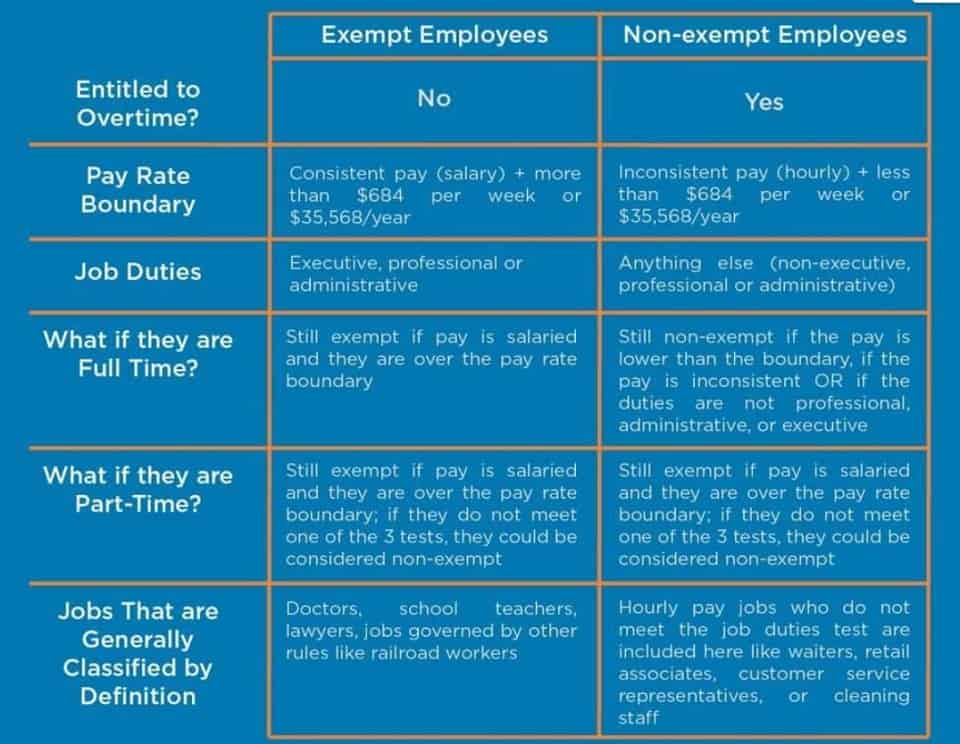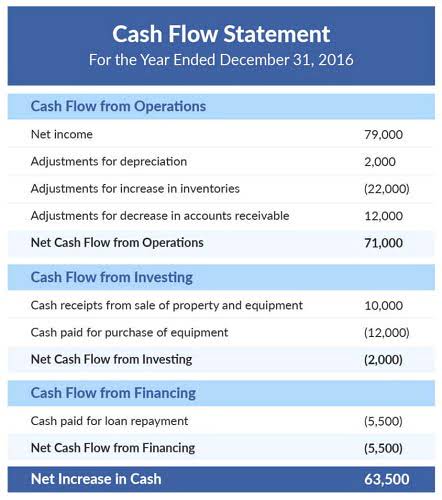Companies can forecast future working capital by predicting sales, manufacturing, and operations. Forecasting helps estimate how these elements will impact current assets and liabilities. Companies with a positive working capital are in a good position to be able to cover their current liabilities using their current assets. Working capital reveals a company’s financial health by assessing how liquid it is when it comes to assets and liabilities.
Do More for your Customer and your Business
One of the key characteristics of good working capital management is responsible decision making. This involves making strategic choices regarding where to allocate resources and when to pursue potential growth opportunities, all based on full understanding of financial implications. Accurate predictions and sound judgments regarding receivables and inventories help a company avoid liquidity problems and ensure smooth operations. In steady-state periods when the market is stable, a balanced approach to working capital management should be adopted. Efforts should be focused on effectively balancing receivables, payables, and inventory to ensure the company can meet its short-term obligations while also having enough to invest for future benefit. The significance and strategy for working capital management can vary in different market cycles such as growth phases, recessions, and steady-state periods.
The main components of working capital include current assets (like cash, inventory, and receivables) and current liabilities (such as payables and short-term debt). Sometimes called days sales outstanding (DSO), the collection ratio indicates how long, on average, it takes to collect payment after a sale. A higher figure means you’re waiting longer, which could harm your liquidity.
The right balance between early payments and commercial debt should be achieved. Like liquidity management, managing short-term financing should also focus on making sure that the company possesses enough liquidity to finance short-term operations without taking on excessive risk. Properly managing liquidity ensures that the company possesses enough cash resources for its ordinary business needs and unexpected needs of a reasonable amount. It’s also important because it affects a company’s creditworthiness, which can contribute to determining a business’s success or failure. Ensuring that the company possesses appropriate resources for its daily activities means protecting the company’s existence and ensuring it can keep operating as a going concern. Scarce availability of cash, uncontrolled commercial credit policies, or limited access to short-term financing can lead to the need for restructuring, asset sales, and even liquidation of the company.
Smoothen the Operating Cycle
All of these will ensure that the operating cycle of the business is shortened. Creditors are concerned with a company’s working capital management because it gives them an indication of the company’s ability to repay its short-term liabilities. If a company is proficient in managing its working capital, it demonstrates that the company has sufficient liquidity to meet its immediate obligations, thereby reducing the risk of default. This is especially important for creditors, such as banks and other lenders, as it can impact their lending decisions or the interest rate at which they are willing to lend capital to the company. Just-In-Time (JIT) inventory is a managing technique companies often use to strengthen working capital management.
Conversely, service-based industries may have lower inventory needs but still require sufficient cash for labour costs. By effectively overseeing working capital, businesses can run smoothly, fulfil their immediate financial responsibilities, and steer clear of monetary troubles. So, keep a watchful eye on your short-term finances, take advantage of the tools and resources available, and don’t hesitate to ask for help when you need it.
And if you can keep your working capital healthy, you’ll feel that sense of relief when your phone pings with the monthly bills. It might indicate that the business has too much inventory working capital management definition or isn’t investing excess cash. Alternatively, it could mean a company fails to leverage the benefits of low-interest or no-interest loans. In understanding whether a company or sector will have higher working capital needs, it’s useful to look at the business model and operating cycle. If a company has a low ratio relative to its peers, then it’s not selling many products from its inventory and its inventory management is likely inefficient. Effectively, this ratio looks at how easily a company can turn its accounts receivable into cash.
Managing Accounts Receivables
Working capital is the difference between a company’s current assets and its short-term liabilities. Drawbacks include higher interest rates, higher fees for cash advances and the ease of running up excessive debt. Their business model, therefore, requires them to have higher working capital in the form of inventory. This is because they can’t rely on making sales if they suddenly need to pay a debt.
Poor Financial Planning
- In steady-state periods when the market is stable, a balanced approach to working capital management should be adopted.
- Nothing contained herein shall give rise to, or be construed to give rise to, any obligations or liability whatsoever on the part of Capital One.
- One of the key characteristics of good working capital management is responsible decision making.
- In the worst-case scenario, the company may need to declare bankruptcy.
- Working capital management generally involves efficiently managing all aspects of working capital to minimize the risk of insolvency of a business while also maximizing its returns.
- The goal of working capital investment policy is to arrange for working capital to be obtained at the lowest possible cost for the business.
Working capital management generally involves efficiently managing all aspects of working capital to minimize the risk of insolvency of a business while also maximizing its returns. Generally, this is achievable through managing the cash flows that generate from current assets and outflows as a result of current liabilities. The goal of working capital management is to help businesses meet their short-term operating needs and short-term and long-term debt obligations. These are the amounts owed by customers for goods or services rendered by the business on credit. The importance of efficient accounts receivable management in working capital cannot be overstressed, as it essentially involves the recovery of earnings.
- To understand what working capital management is we need to know the case scenarios where it is needed.
- Have you ever looked at your business’s balance sheet and felt a pang of uncertainty?
- On the other hand, during the off-season, the activity may be relatively lower.
- Businesses that are competent in striking this balance are more likely to be sustainable over the long term.
An additional working capital measurement is the inventory turnover ratio. Inventory turns should be quite high, which means that a business can sell off its inventory within a short period of time. When this is not the case, inventory may become a liability, since it sequesters cash and may result in obsolete inventory write-offs. A problem with the current ratio is that the inventory component can be quite difficult to liquidate. Accounts payable arises from trade credit granted by a company’s suppliers, mostly as part of the normal operations.
Maintaining Liquidity While Minimizing Waste
When a business has positive working capital, it can easily exploit favorable market conditions and make a profit. The outcome is really a function of not just how well the collections staff does its job, but also of how well the credit staff advances credit to customers. If the credit staff erroneously grants credit and the company is not paid, then the DSO figure can be quite long. CFI is the global institution behind the financial modeling and valuation analyst FMVA® Designation.
If the industry a business operates in is competitive, then it will need to take quick actions to satisfy customer needs. Therefore, it may require the business to pile up inventories for any orders so it doesn’t miss any opportunities. A higher competition may also require the business to offer better credit terms to customers to attract them. Likewise, the business cycles of a particular business may also be worth considering for working capital management. These factors may affect different industries or whole economies that businesses operate in. The reason why businesses are affected by the business cycle is that it determines the demand for specific goods.
Is Negative Working Capital Bad?
Working capital management is a business process that helps companies make effective use of their current assets and optimize cash flow. It’s oriented around ensuring short-term financial obligations and expenses can be met, while also contributing towards longer-term business objectives. The goal of working capital management is to maximize operational efficiency. The strategic management of working capital is not just about maintaining liquidity. An organization that can negotiate longer credit periods with suppliers or shorten the collection period of receivables is better positioned to use its capital advantageously.
Secondly, large holdings of current assets specially cash, strengthen a firm’s liquidity position (and reduce risks), but they also reduce overall profitability. Thirdly, the level of fixed as well as current assets depends upon the expected sales, but it is only current assets, which can be adjusted with sales fluctuations in the short-run. Like-wise facility of credit sale is also very essential for sales promotions.
Although this policy is safer, it can lead to an inefficient use of capital. Effective working capital management, however, isn’t a one-size-fits-all model. Different industries and companies at different stages may require varying strategies. A company that has high working capital means that the business is well-solvent.
Others scramble to pay bills late and risk straining vendor relationships. Businesses that go this route often keep a relatively large amount of cash on hand, maintain generous inventory levels, and extend comfortable credit terms to clients. You’re less likely to face a cash crunch if sales drop or if you experience unexpected expenses. On the flip side, neglecting your working capital can lead to nasty surprises – like a sudden cash crunch that makes you scramble for funds at unfavorable terms. If a business struggles with negative working capital (essentially owing more than it can easily pay), it might have to rely on high-interest borrowing or pass on a lucrative project.
Working capital is a bit like having cash or savings in a short-term account versus having money tied up in a house or other asset that you wouldn’t be planning to sell right away.










